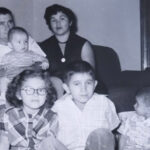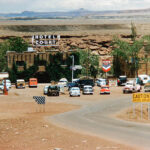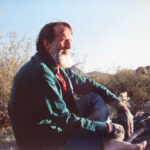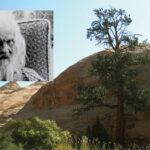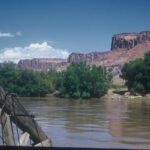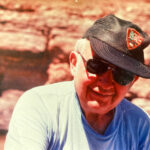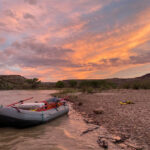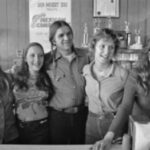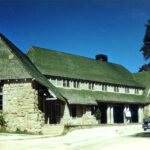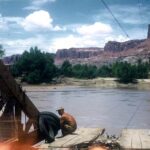
In the first installment of this series, called “Glen Canyon’s Nielsen Ranch at Hite: The Untold Story,” I provided a considerable amount of background information on the history of the Hite (Dandy) Crossing, and the political history behind the building of Glen Canyon Dam.
In addition, I needed to explain just how Beth and Ruben Nielsen wound up at Hite and spent the next 15 years, from 1949 to 1964, in this place they called Heaven on Earth. (I urge all of you who missed Part 1 the first time, to go back and read it. You need the history, especially of Beth and Ruben, to fully appreciate what follows.
In this edition of the “Untold Story” is more of an album than a narrative. This is the first of several albums I plan to post over the coming weeks and months. When Leslie sent me a thumb drive with the complete collection of images, even I didn’t realize the full extent and number of photographs that I had just received. The index that Leslie sent me identifies each photo—the index is almost 50 pages long! That should give Zephyr readers just how much photographic history is here. It is a treasure beyond my ability to express it

